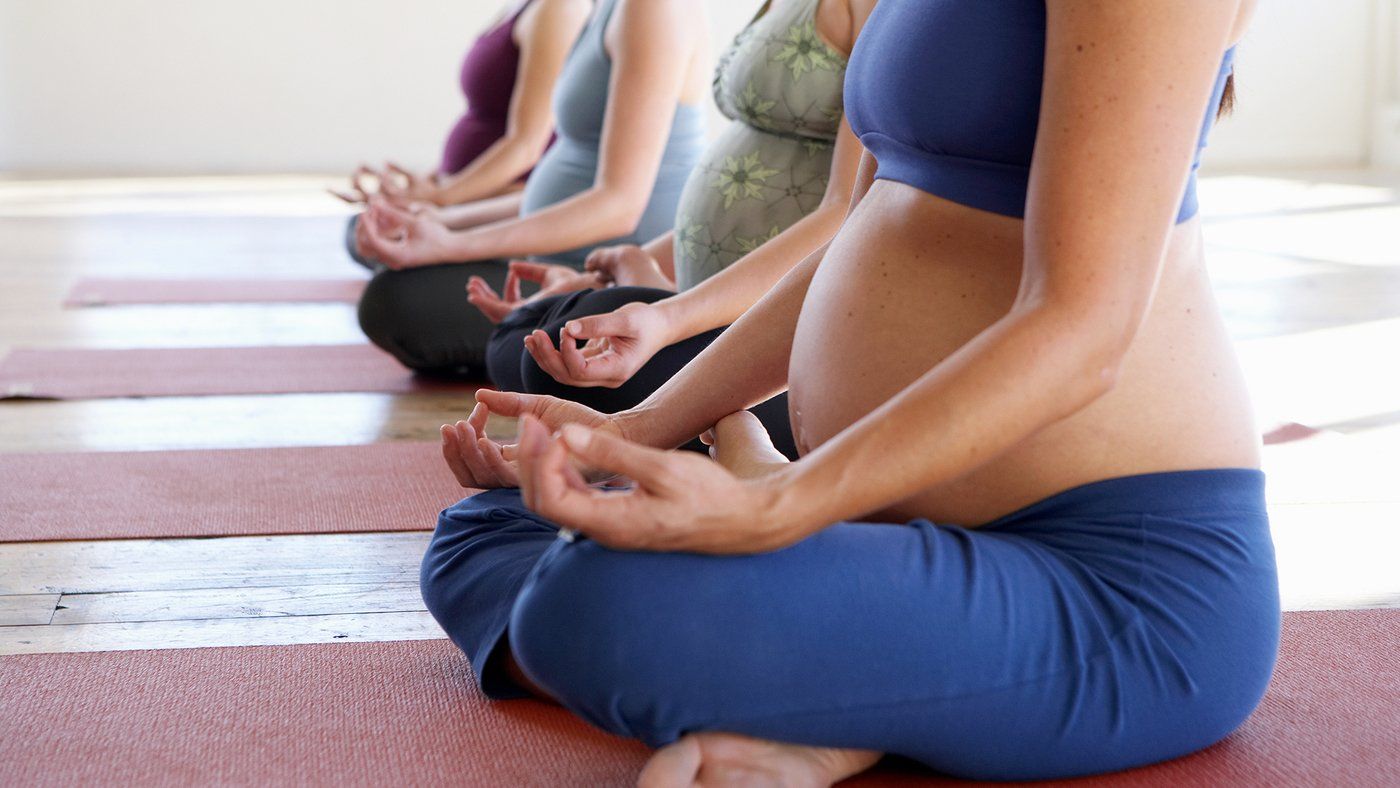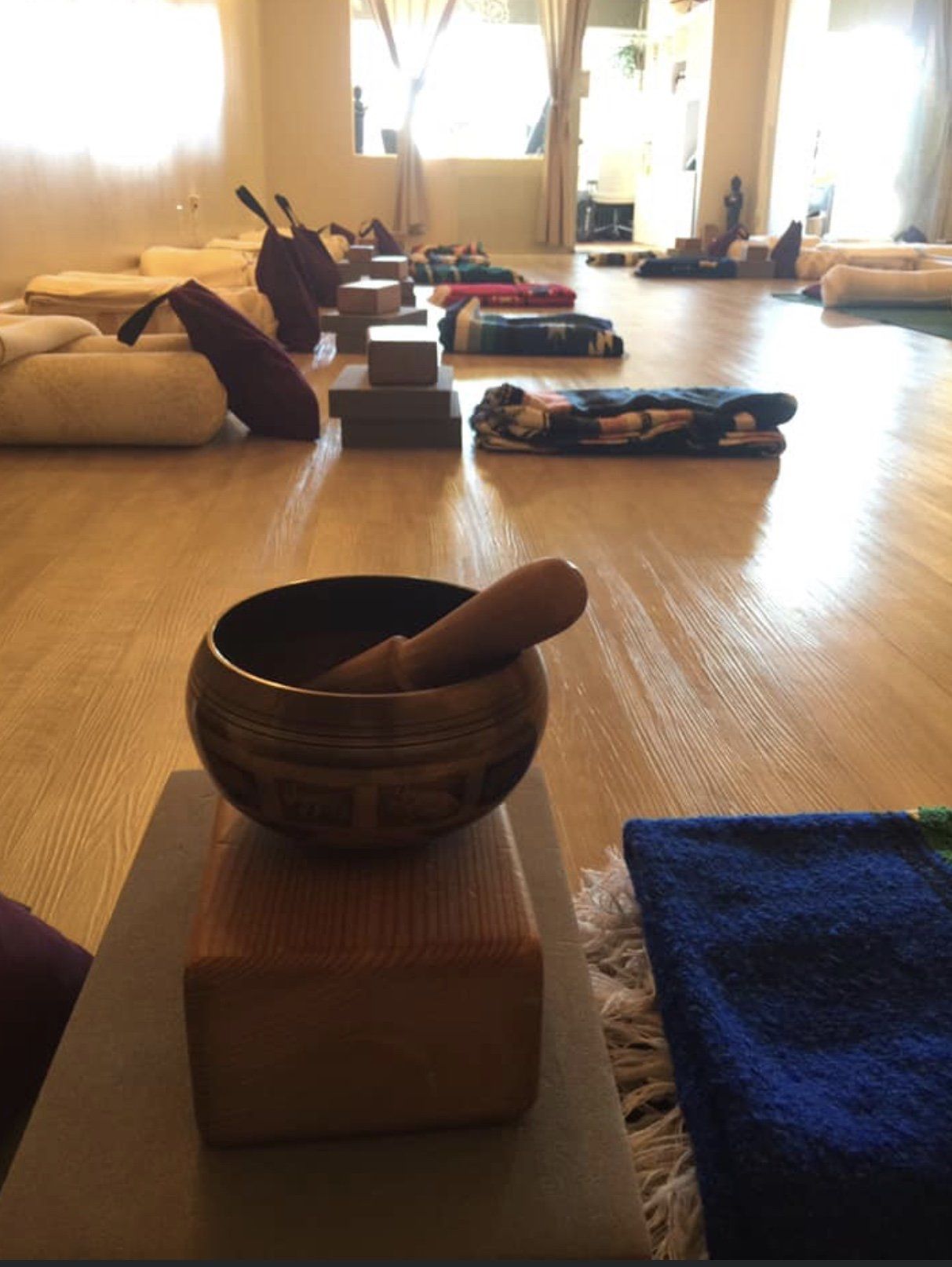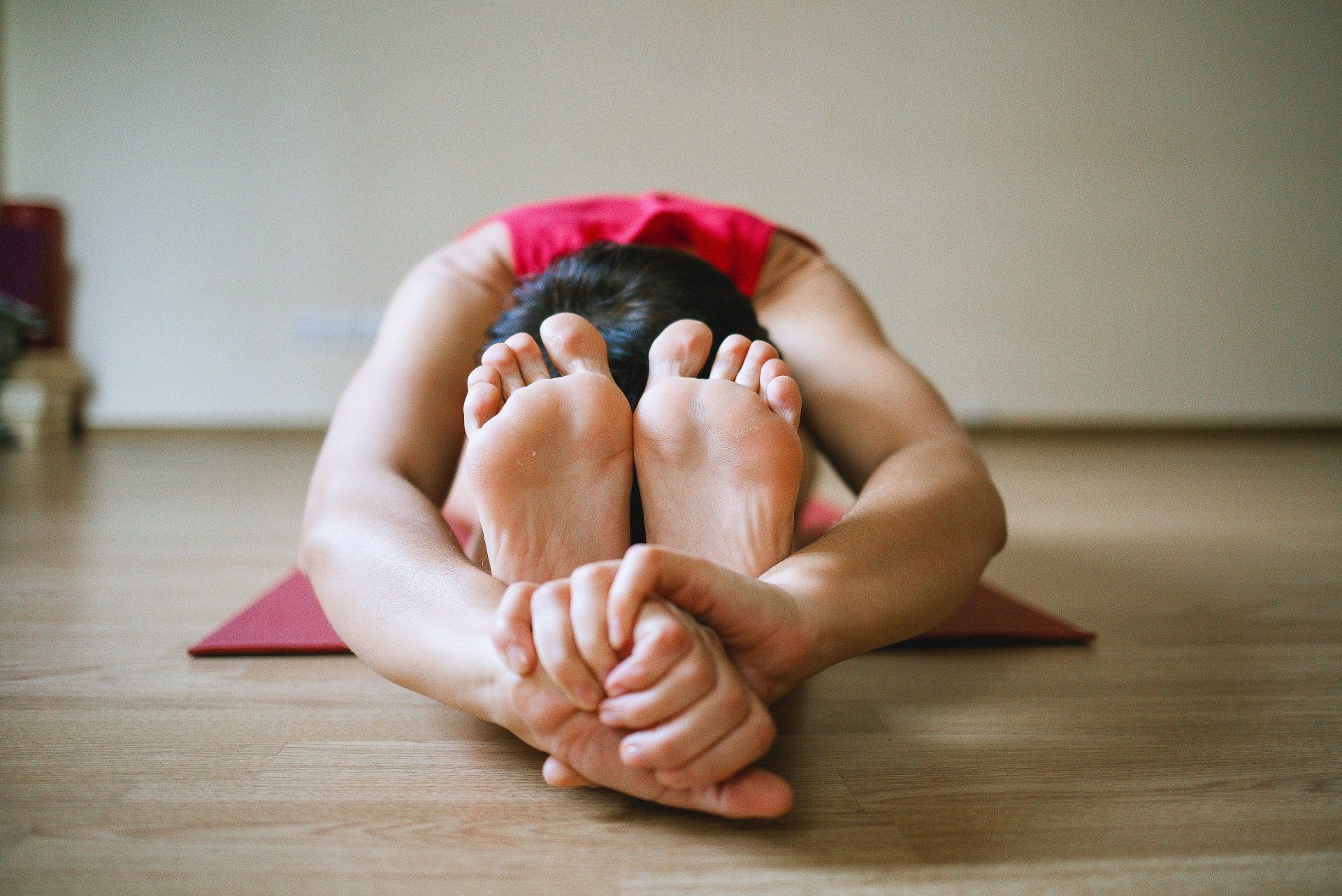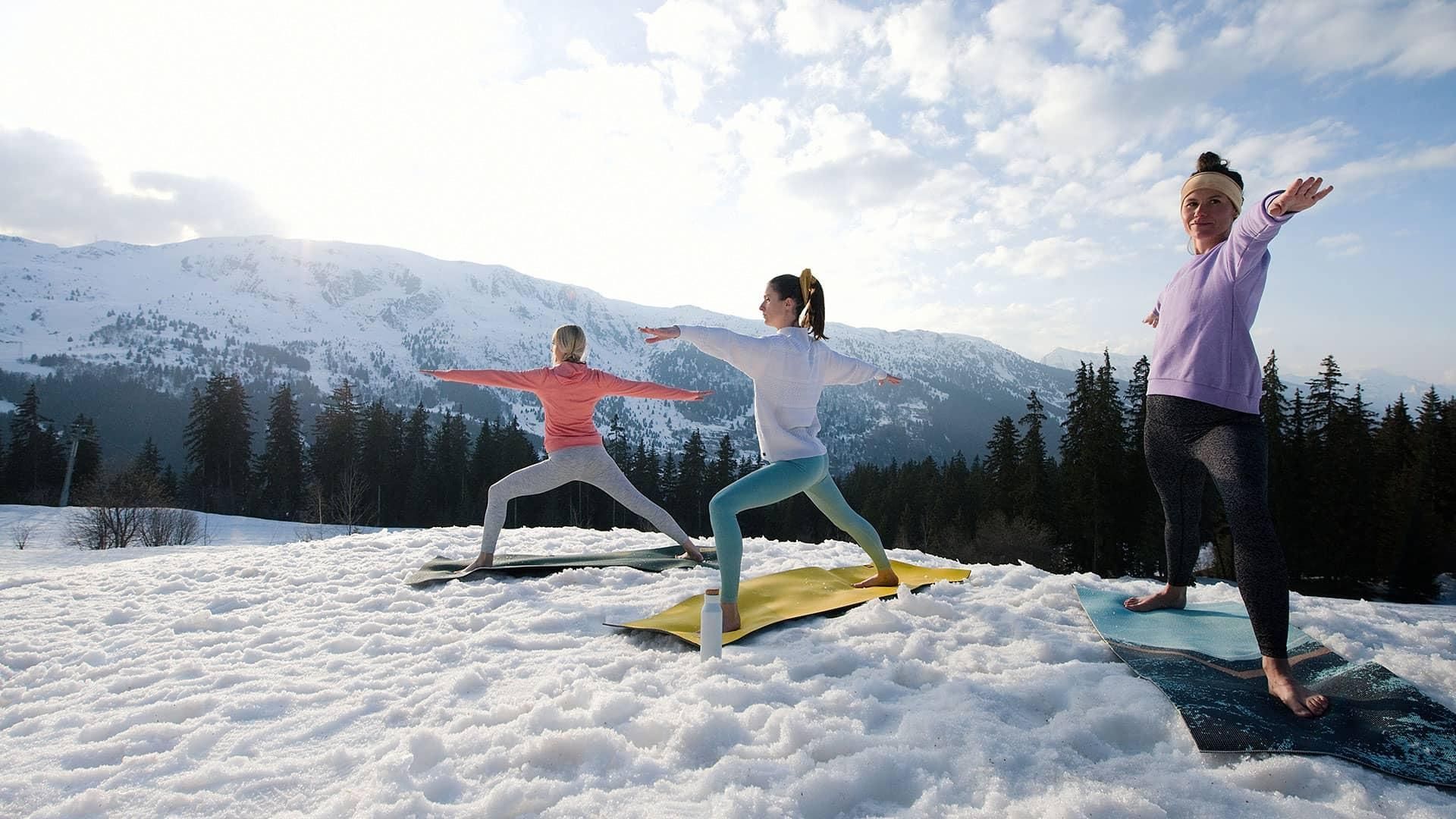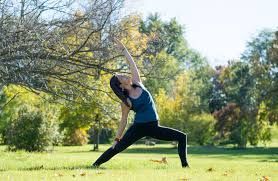Critical Alignment in Yoga & Life
- By Jennifer Strukoff
- •
- 30 Nov, 2018
- •
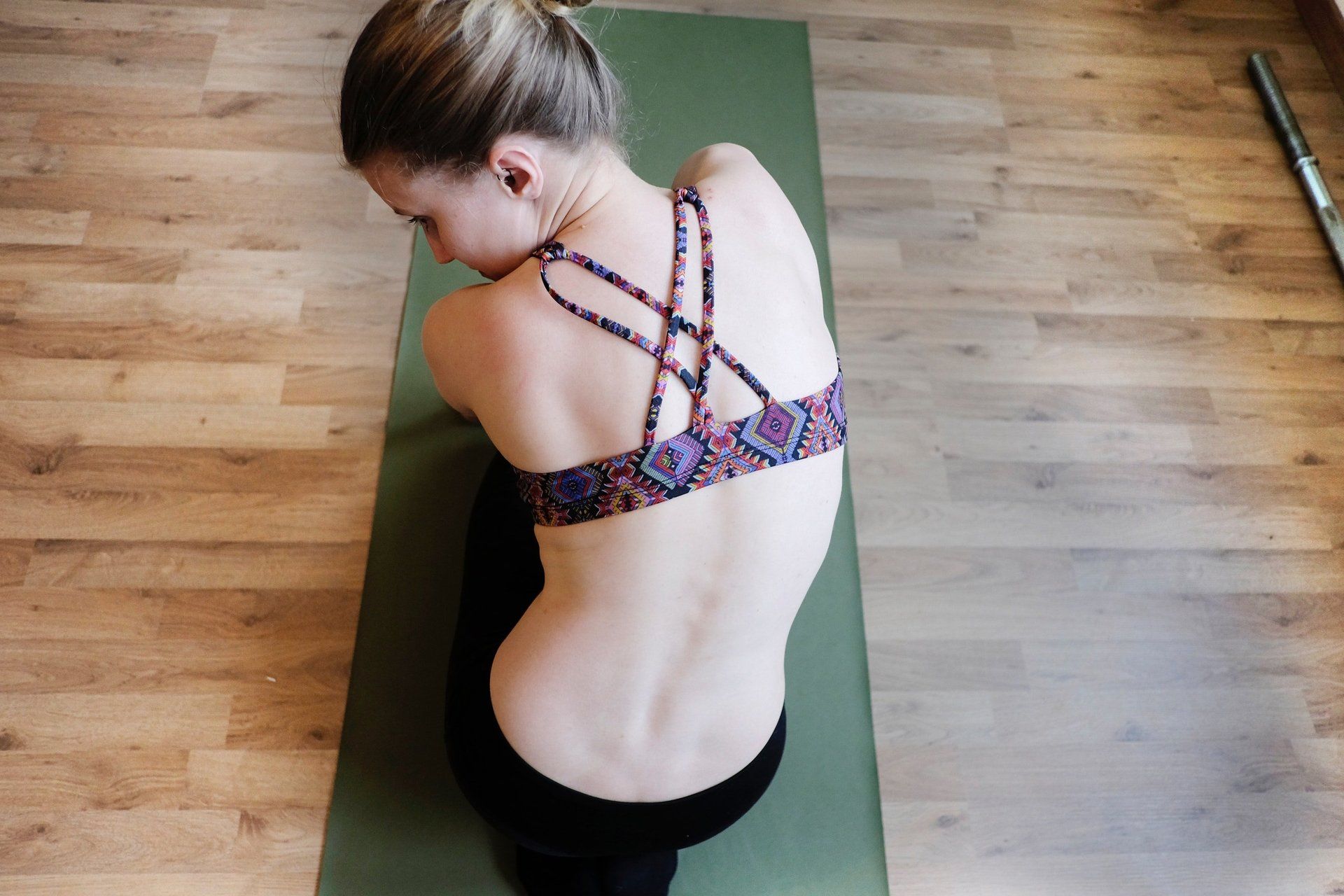
The word “alignment” is showing up in yoga workshops and classes across Calgary. It’s become fashionable to be concerned about the functionality of the bone, muscles, joints and connective tissue in a person’s yoga practice. Online anatomy classes are popping up everywhere, and it’s not uncommon to hear anatomical language spewed out in all types of yoga classes all over the province. But where did this all originate? Who made alignment desirable? And why are yoga students so interested?
B.K.S. Iyengar uniquely approached the practice of yoga asana with great attention to alignment and long holds that would affect all the layers of the body. Many disciplines have branched out from his initial teachings, one of them being Critical Alignment Yoga & Therapy, founded by Gert van Leeuwen from Amsterdam. Gert has been travelling to Calgary for over 10 years to train teachers the importance of alignment, how to identify repetitive movement patterns in students that could lead to pain and injury and how to teach precise exercises to connect critical points in the body. Apart from improving your posture this yoga therapy is ideal for treating repetitive strain injuries, sciatica, back and neck pain. Some of the first teachers trained in Calgary have become highly sought after by longtime yoga practitioners, athletes, and persons with debilitating back pain for whom conventional treatments didn’t have a lasting effect.
The technique of Critical Alignment Therapy is unique, in that the exercises are approached with relaxation instead of effort. Using specialized props, the practitioner’s spine is placed in a more natural alignment, and then the student is encouraged by the teacher to relax fully and deeply. At times this can be the most difficult part as the physical “story” of the tissues and bones can be quite distracting and considered painful. First the superficial movement muscles, where most of the tension from repetitive strain or poor posture is stored, are relaxed by using the weight of the body on the props. With deep and conscious breath, we can work through the strong sensations and start to add small movements which help stimulate the deeper postural and stability muscles, closer to the bones. Students become more familiar with their bodies, finding exactly where the tension, stiffness and poor alignment is located. This awareness can then transfer into their daily lives and activities. For example, while performing exercises on a thickly rolled blanket or felt pad in the low back, the student may experience more discomfort on the right side of the body than the left. With deeper awareness, they may be able to connect that discomfort to a habitual postural pattern they hold (for example, while sitting at their desk at work), and naturally they will then discontinue the pattern resulting in less pain and a better alignment story every day.
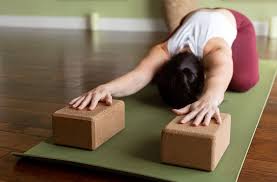
Inhale: 1-2-3-4-5. Exhale: 1-2-3-4-5. If you’ve been doing breathing exercises to feel calmer, happier, and more focused, you know how soothing yoga is.
Despite being an ancient practice, yoga has become increasingly popular, and for good reason. It is suitable for people of all ages and effective for treating chronic conditions.
Interestingly, scientists have discovered that this practice has several mental health benefits. Let’s explore the relationship between yoga and well-being, as well as the evidence-based benefits of yoga.

So, it’s THAT time of year again. The cards are out, flowers and chocolates in the shops, and the candlelit tables are all booked up weeks in advance. With good reason, many of us find it all rather superficial and insincere. Perhaps some of us might join the cynical chorus asking why we need a specific day to express our affection for someone else. We may even go as far as to accuse the the forces of capitalism of driving demand for “stuff”. But I’m not here to monologue on the meaningfulness of St. Valentine’s Day, and I’m certainly not here to criticise anyone for wanting to express themselves or to show affection for someone else (we all need to be doing this more, not less).
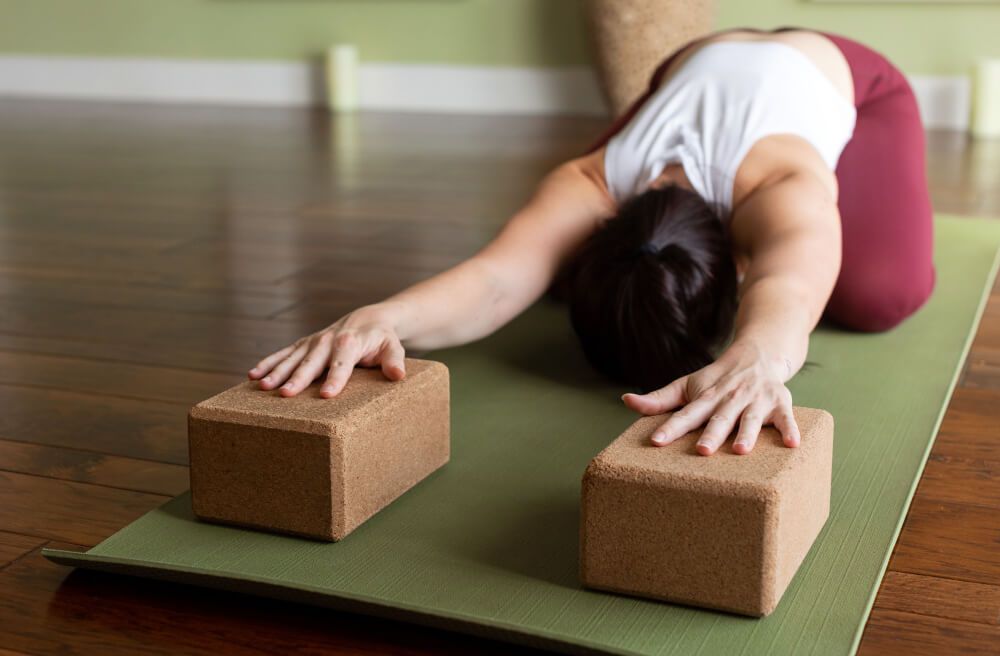
Can yoga reduce anxiety?Yes! Many studies have demonstrated the effectiveness of yoga in reducing stress, anxiety, and depression. In one study, women who participated in a three-month yoga program experienced significant improvements in perceived stress, anxiety, and depression. In another study, ten weeks of yoga helped reduce stress and anxiety for participants.
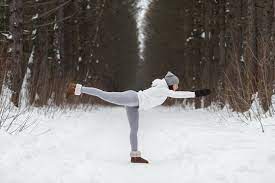
Happy New Year yogis! I’ve often found this time of year to be especially powerful in enhancing my yoga practice. Of course, yoga is always a powerful practice, but the gift of the new year brings deep reflection and introspection that can amplify processes of self-inquiry, expanding our spiritual awareness and commitment to yogic living.
